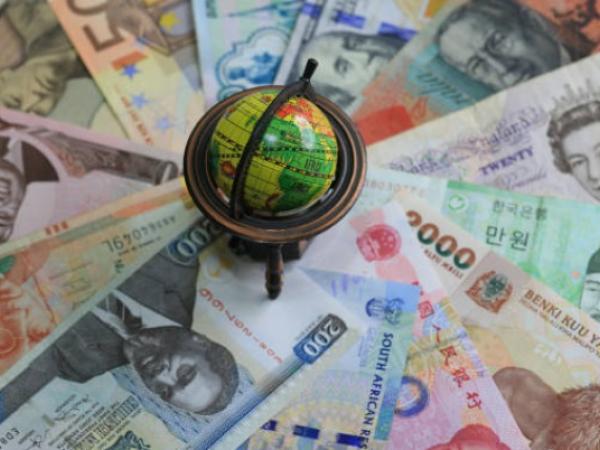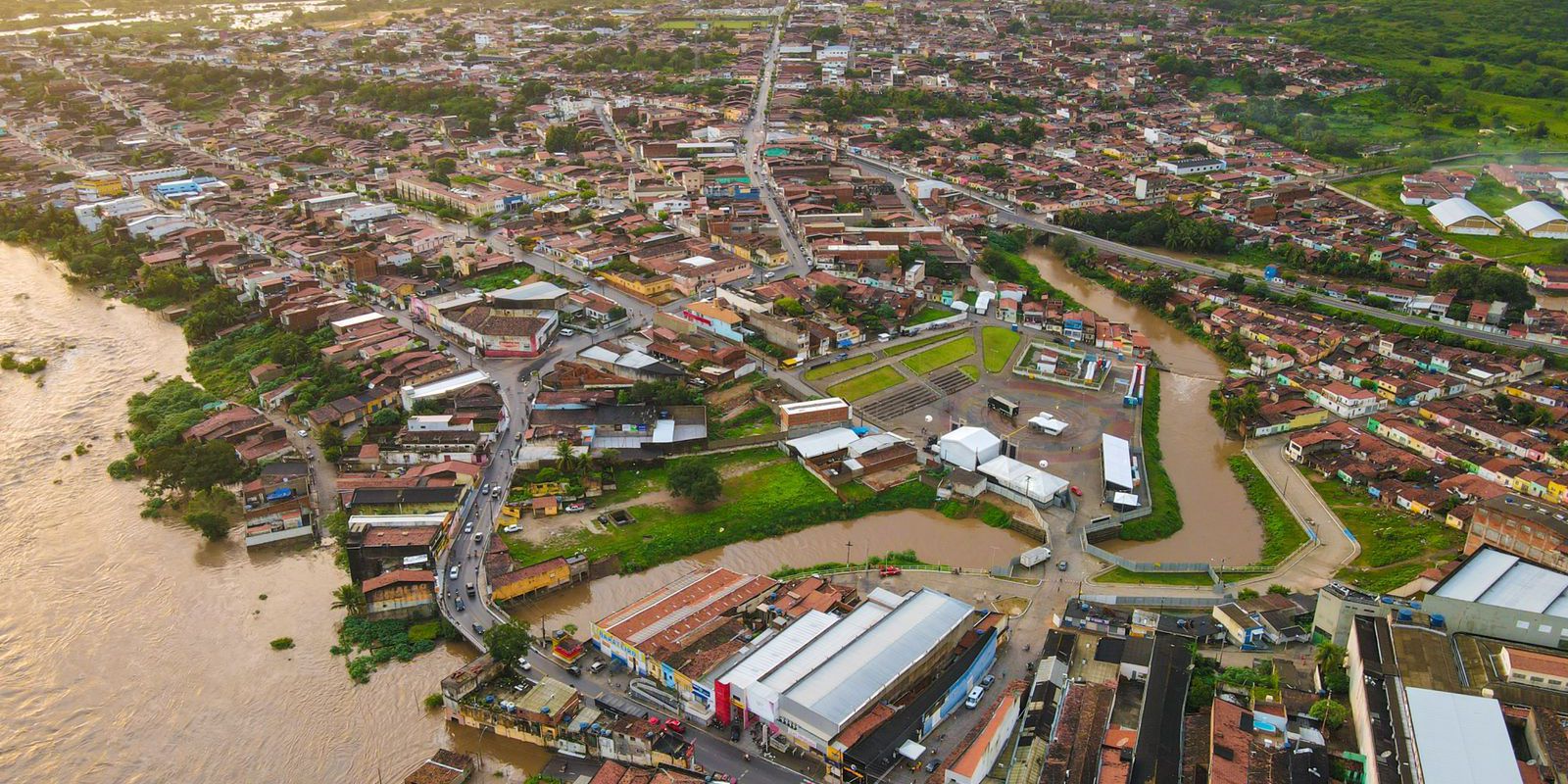The most recent wave of protests in Ecuador, lasting just over 15 days, revealed a reality that the world is gradually beginning to face: scarcity and increased food prices.
(Global economic fear takes the dollar to a maximum of $4,198.77).
That was one of the claims of the indigenous population in Ecuador, a support from the Government of President Lasso to be able to better overcome both the rise in food prices and fuel. All this despite the fact that the Andean country has one of the lowest inflation rates in Latin America, along with Bolivia.
But the truth is that The world is on the verge of a generalized food crisis. This was commented a little over a month ago by the United Nations Organization (UN) through its World Food Program (WFP) and the United Nations Food and Agriculture Organization (FAO).
(Local crises erode image of Latin American presidents).
In the most recent study presented by the organizations, he pointed out that “a worsening of acute hunger is expected” in the world between June and September 2022, for which he urged “immediate action” by the authorities to “save lives” and “prevent famine”.
The document specifies that a series of phenomena such as extreme weather conditions, economic crises, the effects of the pandemic such as the reconfiguration of global value chains and the most recent impact of the war in Ukraine have exacerbated world conditions, especially in these countries with greater risk, among which, according to the report, is Haiti, the only territory in Latin America with a critical future.
It is worth noting that this effect of the war in Ukraine is due to the belligerent countrieslike Russia, Belarus and the aforementioned former Soviet republic, form a crucial part of the system of essential grain producers and exporterssuch as wheat, or hinge products for the development of agriculture such as fertilizers.
Russia and Ukraine, according to official data, jointly produce 30% of the world supply of wheat, 30% of barley and 75% of sunflower oil.
The longer the war lasts, the higher the cost of these products and their distribution.
At the moment, according to reports from international agencies in the field, there are some 20 million tons of grain dammed in Ukrainian ports that are under the control of Russian troops.
To this is also added the ban on the departure of Russian grain due to the battery of sanctions that the West has implemented against the trade of the Eurasian country.
In fact, FAO calculations predict that between 20% and 30% of Ukraine’s agricultural land will be unplanted or unharvested this year due to the war.
Given these conditions, this warlike conflict may lead 49 million people to famine or similar conditions due to the impact on supply links and the cost of food. This is how the UN estimates it in the most recent food security report.
This consequence may be greater in Africa, a continent that depends mostly on wheat imports from belligerent countries, largely due to its geographical proximity. According to the FAO, Eritrea and Somalia import just over 90% of their wheat from Russia and the Ukraine, while Lebanon and Egypt import close to 80%.
In fact, the World Bank recently approved a loan of US$500 million to alleviate the food crisis facing the North African country. In this nation, inflation has not stopped rising in six months and the biggest variations hang over the cost of food. Supported by France, Cairo recently bought 815,000 tons of wheat and plans to purchase up to 10,000,000 in the next six months to overcome the crisis.
Another consequence of this disagreement was the recent attempt by Moroccan migrants to cross into Melilla, one of the Spanish enclaves in North Africa. “The people are hungry” headlined the weekly Maroc Hedbo.
In its most recent revision of approximately one month, the FAO Food Price Index registered an average for May of 157.4 points in its general level, which reflects a slight reduction of 0.6% compared to the value of April (158.3 points), however, is still 29.2 points or 22.8% above the value registered in the same period last year of 128.1 points.
The falls in sugars, dairy products and vegetable oils were what explained this decrease in the index in May, the FAO assured in a press release.
Nevertheless, the price index for cereals continued to rise. On average, this indicator recorded a value of 173.4 points, that is, 3.7 points (2.2%) more than in April, and 39.7 points (29.7%) more than in the same month of immediately preceding year.
“International wheat prices rose for the fourth consecutive month, with an increase of 5.6% in May, reaching an average of 56.2% above their value last year and just 11% below the record reached. in March 2008,” the FAO said in its report.
It is explained that this increase in wheat prices was influenced, in addition to the war in Ukraine, by the prohibition of external sales by India, which states that it is “concerned” about “the situation of the crops” in several of the exporting countries.
ROBERTO CASAS LUGO
BRIEFCASE








